🍩 Different Types of Croissants Around the World
The croissant is one of the most iconic pastries in the world. With its golden, flaky crust and buttery layers, it has become a symbol of French culture and café life. But did you know there are different kinds of croissants around the world? While the classic French croissant remains the standard, bakers everywhere have put their own twist on this beloved pastry, creating new flavors, shapes, and textures.
From traditional almond croissants in Paris to matcha-filled creations in Japan, each variation tells a story about local tastes and culinary creativity. In this guide, we’ll explore croissant history, the most popular types of croissants, and the most unique croissant variations you can find worldwide.
🥐 Classic Types of Croissants
When people talk about the different kinds of croissants, most imagine the buttery, crescent-shaped pastry found in Paris cafés. But even in France itself, croissants come in several classic forms—each with its own story, taste, and cultural meaning. These traditional varieties are the foundation for all the modern croissant variations that exist today.
1. Croissant au Beurre (Butter Croissant)
The croissant au beurre is the crown jewel of French bakeries. Made with 100% pure butter, it delivers the perfect balance of crisp layers and a soft, tender interior. The rich, golden flavor comes from the high-fat butter used during the lamination process, which creates those paper-thin layers that shatter beautifully when bitten into.
In Paris, locals know that a straight-shaped croissant usually signals it’s made with butter, while the crescent shape often indicates margarine. For anyone searching for the best croissants in Paris, this is the one to try first.

2. Croissant Ordinaire (Margarine Croissant)
The croissant ordinaire is a more affordable version made with margarine instead of butter. While it still has layers, it lacks the same depth of flavor and flakiness. Historically, margarine croissants became popular during times when butter was expensive or scarce.
Even though Parisians prefer butter croissants, the margarine version is still common and sometimes chosen for its lighter taste. Its crescent shape also aligns with the classic “moon” symbolism tied to croissant history.

3. Almond Croissant (Croissant aux Amandes)
This sweet, indulgent pastry is beloved across Paris. Almond croissants are typically made by repurposing day-old butter croissants: they’re sliced, filled with almond cream (frangipane), brushed with syrup, topped with sliced almonds, and rebaked until golden.
What began as a clever way to reduce food waste has turned into one of the most popular different kinds of croissants in the world. Almond croissants are slightly denser than butter croissants and deliver a nutty, sweet flavor that pairs perfectly with coffee.
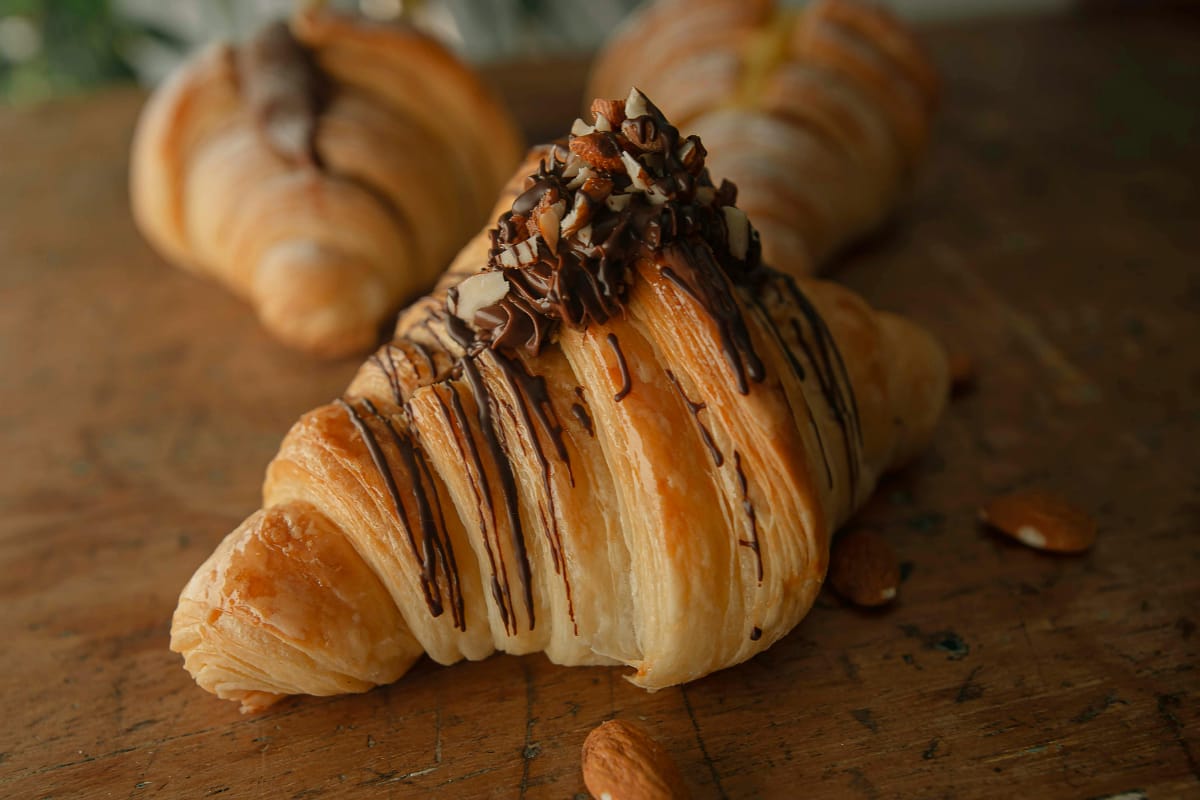
4. Pain au Chocolat (Chocolate Croissant)
Though not technically a croissant, pain au chocolat is often grouped in the same category since it’s made from laminated dough. Instead of the crescent shape, it’s rectangular and has two sticks of rich dark chocolate inside.
In the north of France, it’s called pain au chocolat, while in the south, many insist on calling it chocolatine. The debate over its “true name” is a lighthearted but ongoing cultural discussion in France.
This pastry is especially popular with children and tourists, making it one of the most consumed croissant variations worldwide.
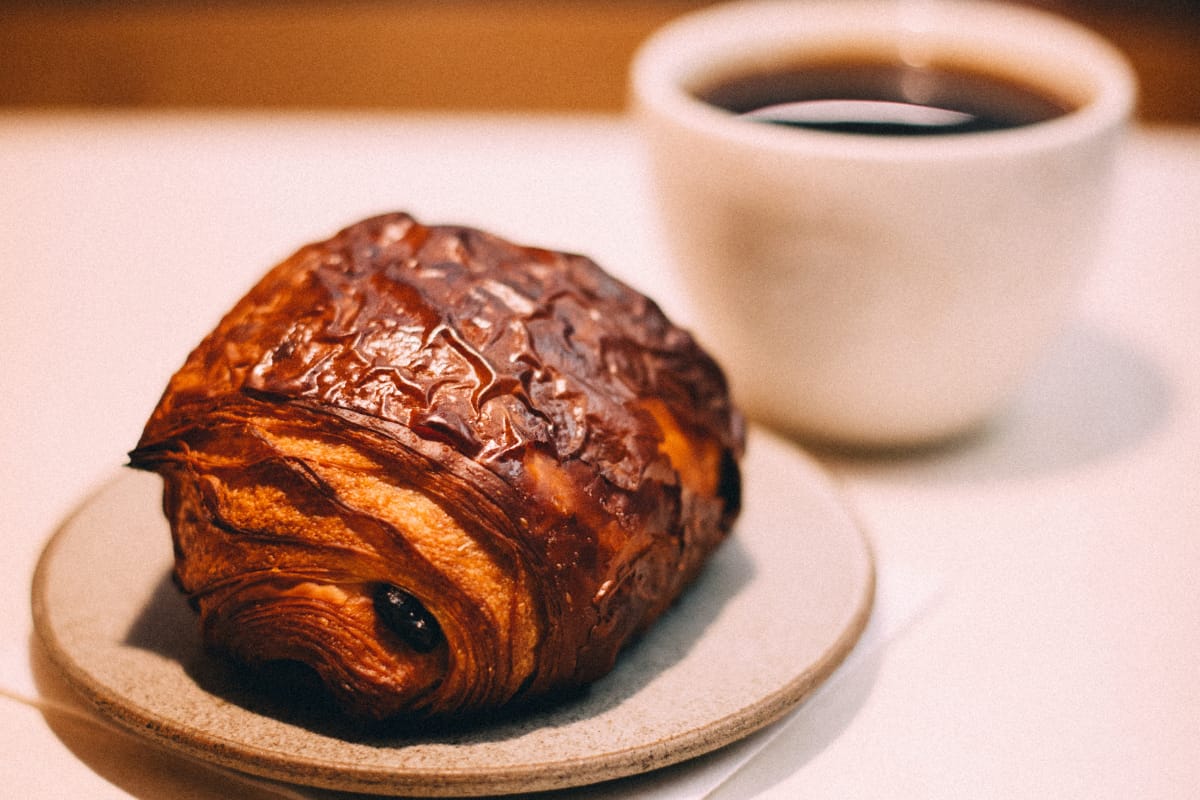
5. Specialty Croissants (Modern Takes on Classics)
Many bakeries in Paris now offer creative twists on the classics—almond croissants filled with pistachio cream, chocolate croissants dusted with hazelnut, or butter croissants glazed with honey. While these aren’t “traditional,” they show how croissant culture is evolving, even in the city where they’re most revered.
Pierre Hermé, often called the “Picasso of Pastry,” is famous for turning the classic croissant into a canvas for luxury flavors like rose, pistachio, and passionfruit.

🥖 Why Classic Croissants Matter
These classic croissants aren’t just delicious—they’re part of French heritage. They represent centuries of craft, culture, and pride in baking. Without them, the croissant wouldn’t have spread across the world or inspired so many different kinds of croissants.
For travelers, starting with these classics is essential. If you want to understand croissants, you first need to taste them in their purest form: flaky, golden, buttery, and steeped in tradition.
🌍 Different Kinds of Croissants Around the World
Croissants may have their roots in Austria and France, but today, they’ve become a global canvas for creativity. From sweet and colorful to savory and gourmet, bakers everywhere adapt the pastry to reflect local flavors and traditions. Exploring the different kinds of croissants around the world is like taking a culinary journey across cultures—each bite tells a story.
Here are some of the most iconic and unique croissant variations you can find worldwide.
1. Matcha Croissant – Japan
Japan has a reputation for blending traditional European techniques with Japanese flavors, and the croissant is no exception. Matcha croissants are filled with creamy green tea custard or dusted with matcha powder. The earthy, slightly bitter flavor of matcha balances beautifully with the buttery pastry, making it both indulgent and refreshing.
These croissants are a favorite in Tokyo’s trendy bakeries, where presentation is as important as flavor. They symbolize Japan’s ability to transform global foods into uniquely local experiences.
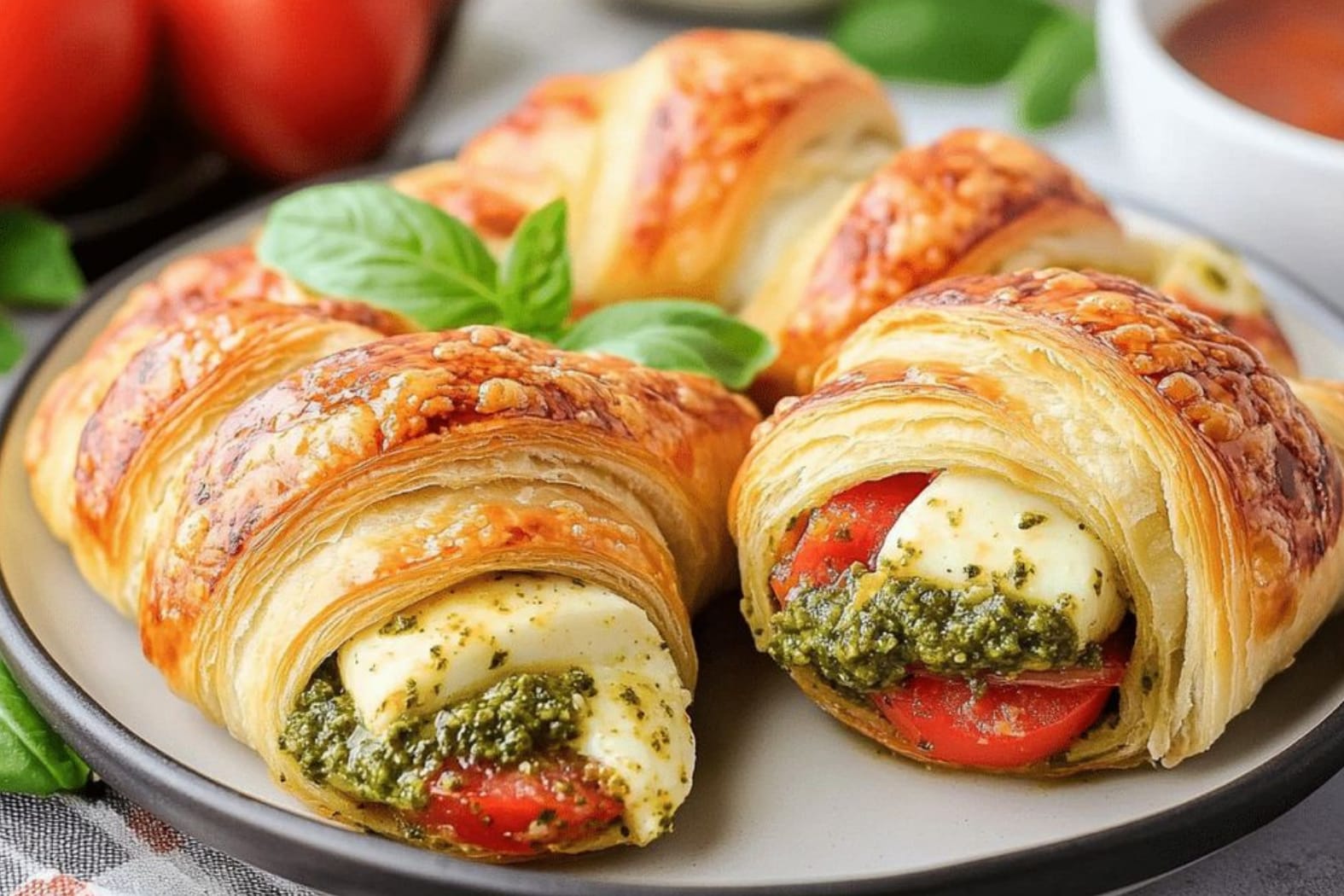
2. Medialunas – Argentina
In Argentina, croissants have evolved into medialunas, meaning “half-moons.” Unlike French croissants, medialunas are smaller, denser, and sweeter. They’re often brushed with a sugar glaze, giving them a shiny finish.
Medialunas are a daily staple in Argentina, typically eaten during merienda (afternoon snack) with coffee or mate. This version highlights how croissants can be adapted into local eating habits while maintaining their crescent-shaped roots.

3. Rainbow Croissant – USA
America is known for taking classic foods and giving them a bold, visual twist. The rainbow croissant is a perfect example. Layers of colorful dough create a striking visual effect that makes them popular on Instagram and TikTok.
While some food purists see this as gimmicky, rainbow croissants represent how pastries have entered the age of digital culture. For many, they’re less about tradition and more about fun, creativity, and visual appeal.
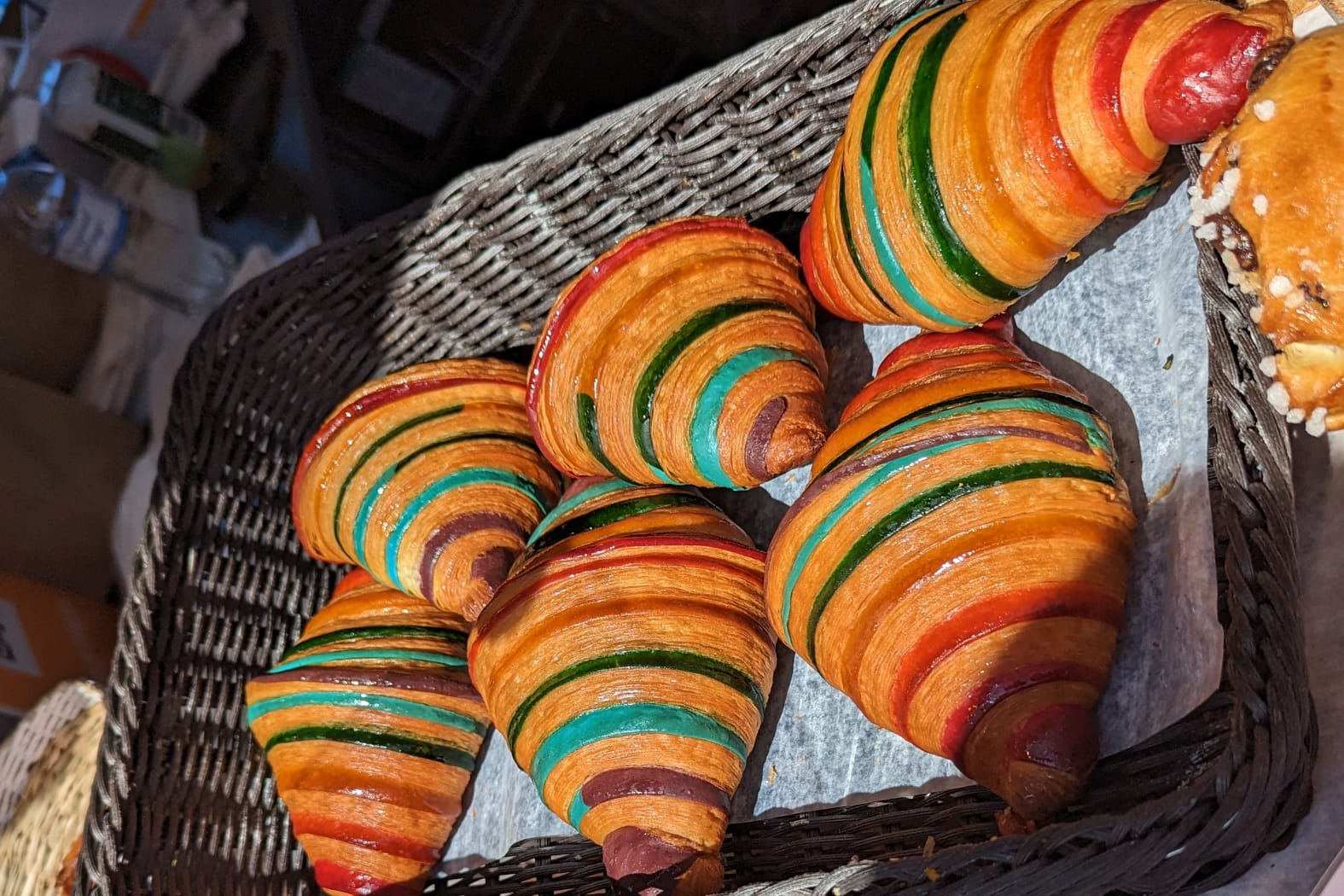
4. Tahini Croissant – Middle East
In places like Lebanon, Turkey, and Israel, tahini croissants have emerged as a popular twist. The nutty, sesame-based filling pairs beautifully with the buttery layers of the pastry. Sometimes they’re sweetened with honey or date syrup, offering a Middle Eastern flavor profile.
These croissants reflect how versatile the pastry is—it can adapt seamlessly to sweet or savory tastes while still honoring local culinary traditions.
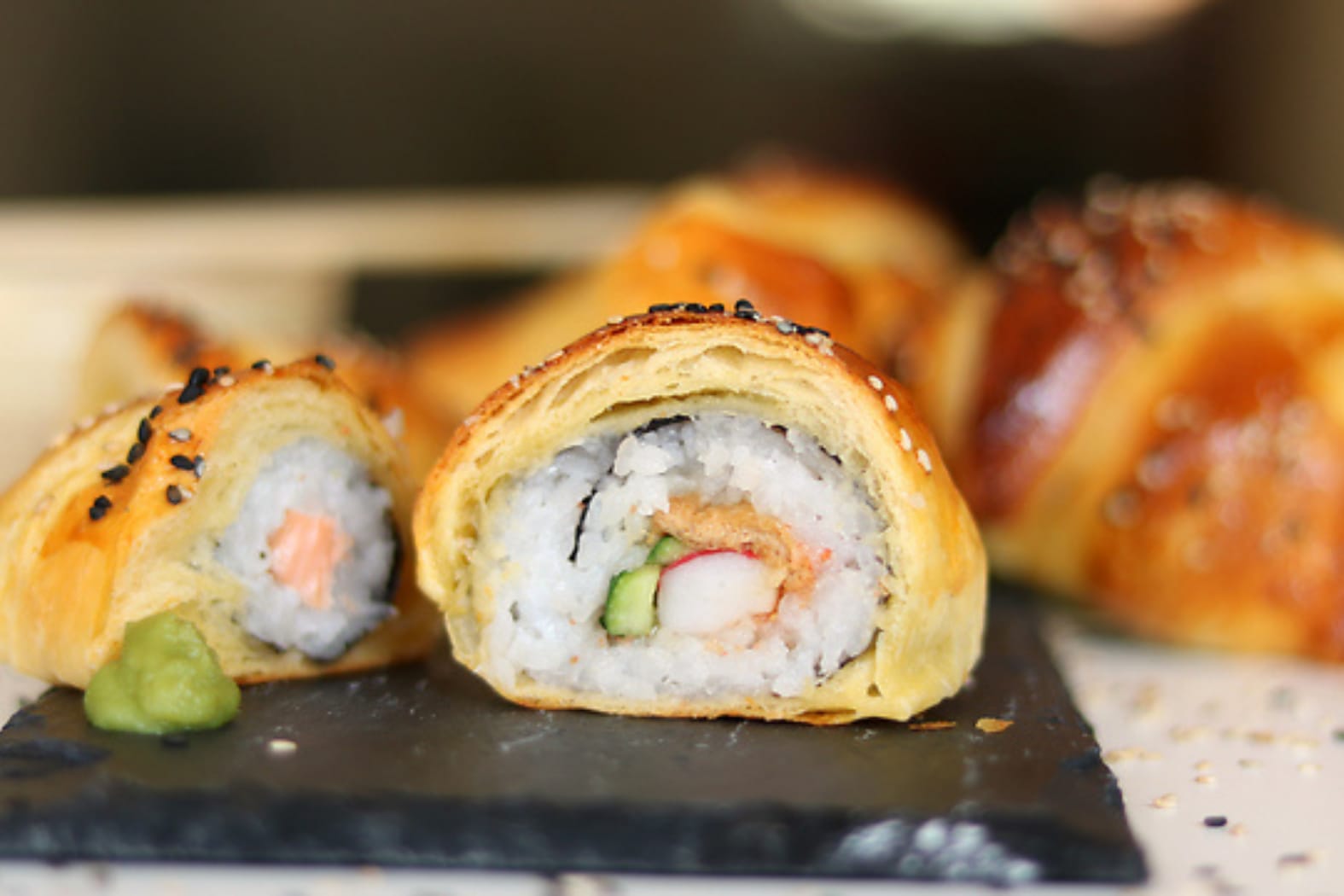
5. Pistachio Croissant – Italy & France
Pistachios are beloved in Mediterranean cuisine, and it’s no surprise they’ve found their way into croissants. Pistachio croissants are often filled with pistachio cream or topped with crushed nuts. They’re popular in both Italy and Paris, especially in artisanal bakeries.
This croissant variation is luxurious and rich, appealing to food lovers who want something more indulgent than the classic butter croissant.

6. Cronut – USA
One of the most famous croissant variations, the cronut, was invented by Dominique Ansel in New York City in 2013. It’s a cross between a croissant and a doughnut—fried like a doughnut but layered like a croissant.
The cronut craze was so intense that people lined up for hours, and bakeries worldwide rushed to copy the idea. It’s proof of how croissants can inspire global food trends and innovations.

7. Dulce de Leche Croissant – Latin America
In countries like Chile, Uruguay, and Argentina, croissants are often filled with dulce de leche—a caramel-like spread made from slow-cooked milk and sugar. The result is a croissant that’s gooey, sweet, and irresistible.
This variation is especially popular during breakfast or afternoon coffee, adding a comforting sweetness to everyday life.

8. Black Sesame Croissant – Asia
In Taiwan and Japan, black sesame croissants have become trendy. The filling is nutty, earthy, and slightly bitter, contrasting beautifully with the sweetness of the dough.
Black sesame is a traditional ingredient in many Asian desserts, so this variation bridges European technique with Asian taste, creating a pastry that feels familiar yet modern.

9. Savory Croissants – Global
Savory croissants are enjoyed all over the world, often filled with ham and cheese, spinach, mushrooms, or even luxurious fillings like smoked salmon and truffle. In France, ham-and-cheese croissants (croissant jambon-fromage) are a popular lunch option.
These variations show that croissants are not limited to breakfast—they’re versatile enough for any meal of the day.
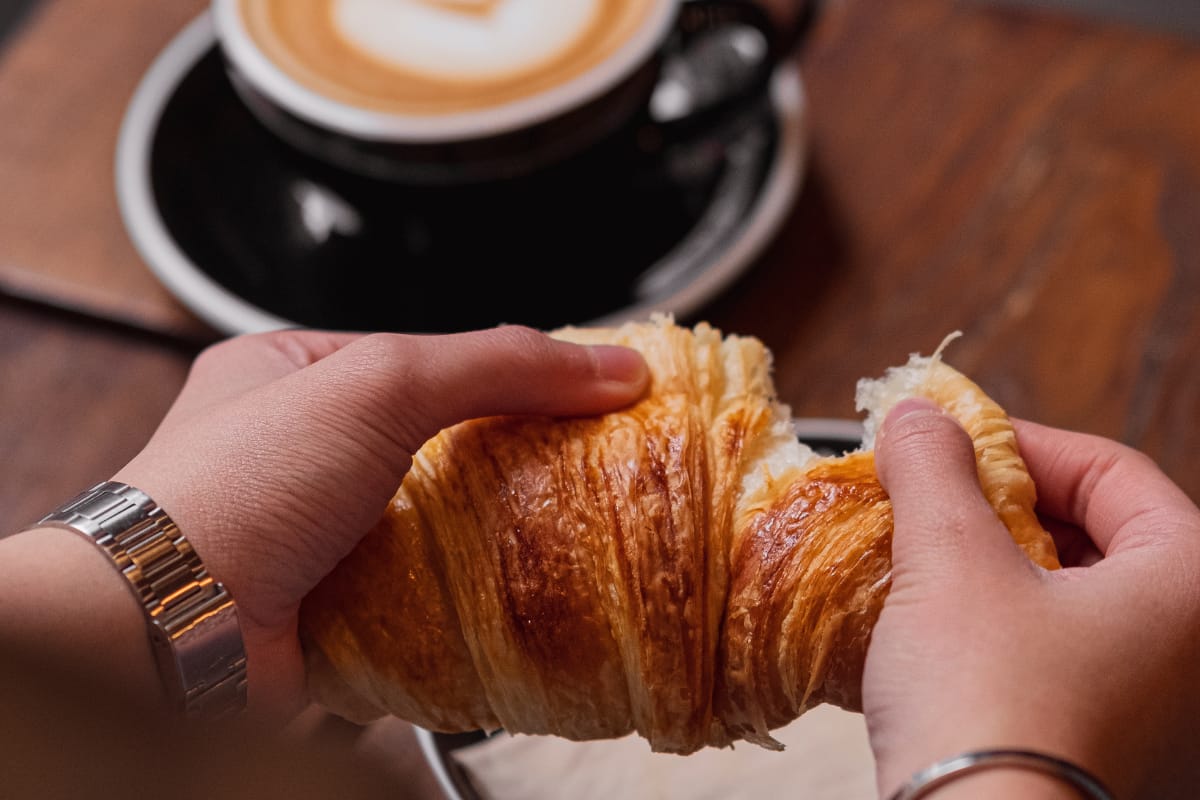
10. Vegan and Gluten-Free Croissants – Modern Adaptations
As food culture evolves, so do croissants. Many bakeries now create vegan croissants using plant-based butter and gluten-free flour. While tricky to perfect, these adaptations make croissants more inclusive, allowing people with dietary restrictions to enjoy them.
These modern versions highlight how croissants continue to evolve in response to health-conscious and ethical food movements.

11. Fusion Croissants – Worldwide Creativity
Beyond these specific types, bakers are constantly experimenting. Some recent innovations include:
- Sushi Croissants in Japan: filled with salmon and avocado.
- Pizza Croissants in Italy: stuffed with tomato, mozzarella, and herbs.
- Chili Croissants in Mexico: adding spice for a savory kick.
These fusion versions show that croissants are truly a blank canvas for creativity, able to absorb influences from any culture.
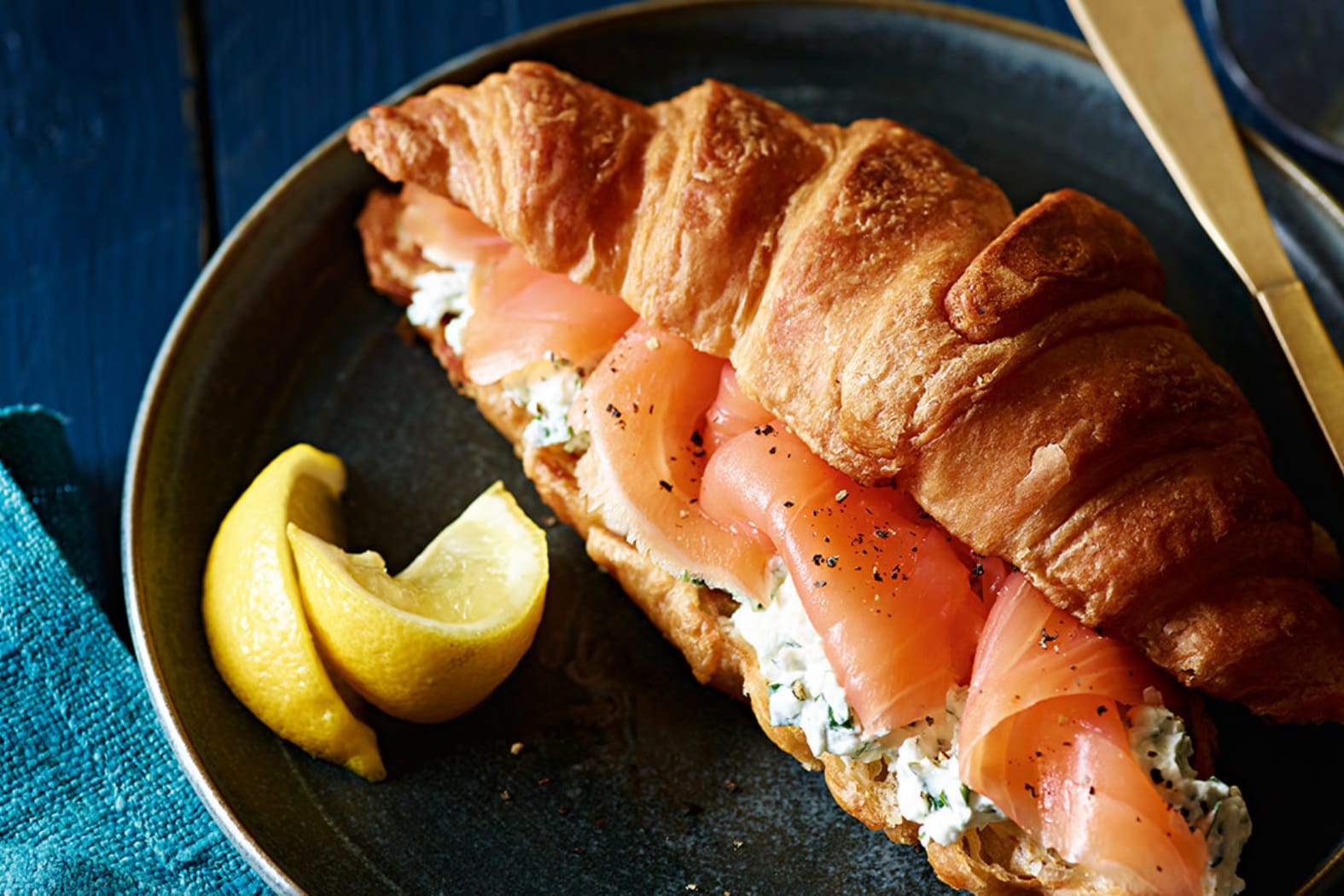
🥖 Why Croissant Variations Matter
The spread of croissant variations reflects a larger story: how food evolves as it travels. The croissant started as an Austrian pastry, was reinvented in France, and is now constantly reimagined around the world. Each variation highlights local preferences, from Argentina’s sweet glaze to Japan’s love of matcha.
For travelers, tasting the different kinds of croissants is more than satisfying a craving—it’s a way to experience culture through food. Whether it’s savoring the best croissants in Paris or trying a rainbow croissant in New York, each bite connects you to a story of tradition, innovation, and globalization.


